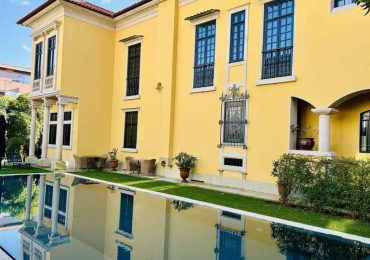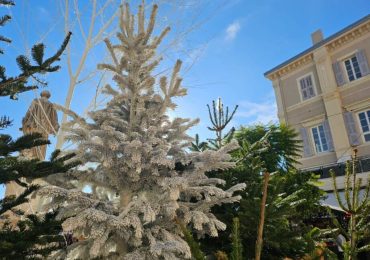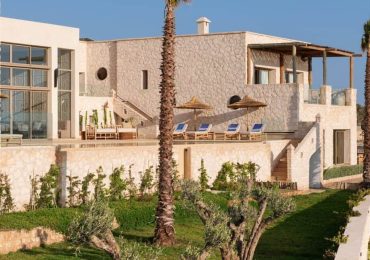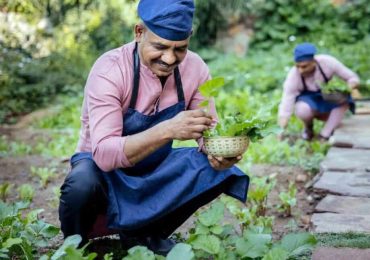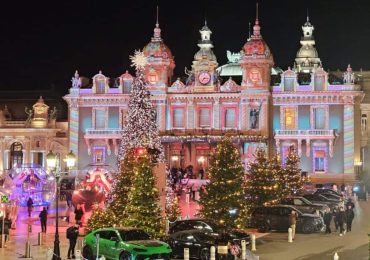With her eye for the reclaimed and recycled, Cristina is a rare creature here, intent on helping to keep the island’s artisanal skills alive by gathering a tribe of fixers and grafters. Jorge the carpenter salvaged grand oak doors from a ruined manor house and turned them into smaller doors, benches and various tables; a wicker maker with an entire warehouse sprouting with rattan and reed wove pendants based on the design of local fishing nets, while straw was used for the headboards, inspired by the arabesques of the island’s vintage gazebos. In one of the bathrooms, scented by orange-blossom oil, the tub faces Funchal port; the ferry to Porto Santo island passes just in front so you can watch it beetle across the water. In the Ink Blue bedroom (all are painted in bright, bold colours, but this lush dark tone is perhaps the most typically Madeiran of them all), with its three seafront windows, the only soundtrack is of the waves.
‘We stayed here the first summer,’ Cristina tells me, ‘cooking elaborate dinners for friends that made me realise all the extras that were needed – a Le Creuset pot, a lobster hammer. Summers are incredible but winter is very special too. In February, we swim every day in the sea below and host barbecues on the roof terrace – we added a heat pump for the pool so we could sip Mojitos in the water while watching the sunset over the town. Nights are mild, and you really get to live outside all year. There’s a real sense of being right in the city but without being overlooked.’
Okulus juts out to the east of Funchal’s Old Town, in the Lazareto and Santa Maria Maior parish, where the Portuguese first landed six centuries ago and began building an area used to quarantine travellers (with obvious reverberations today). This old-town Old Town then slipped quietly into obscurity, avoiding the developers and keeping its original identity, though now it’s highly desirable – high white walls hide hushed tropical gardens with punk-leaved palm trees; an auditorium of buildings watches over the harbour. A short walk downhill are favoured hangouts such as Lá Ao Fundo, where chef Jaime Cruz draws on Portugal’s culinary-colonial past for inspiration – Mozambique curried prawns with bright green Arabian rice and samosa-like chamuças. At Barreirinha, just above the lido of the same name, Caipirinhas made with Madeiran rum are carried to tables on footworn cobbles while Balearic rhythms spill from speakers in the trees. The cable car to Monte and the Forties-era rotunda of Mercado dos Lavradores are also close by.

